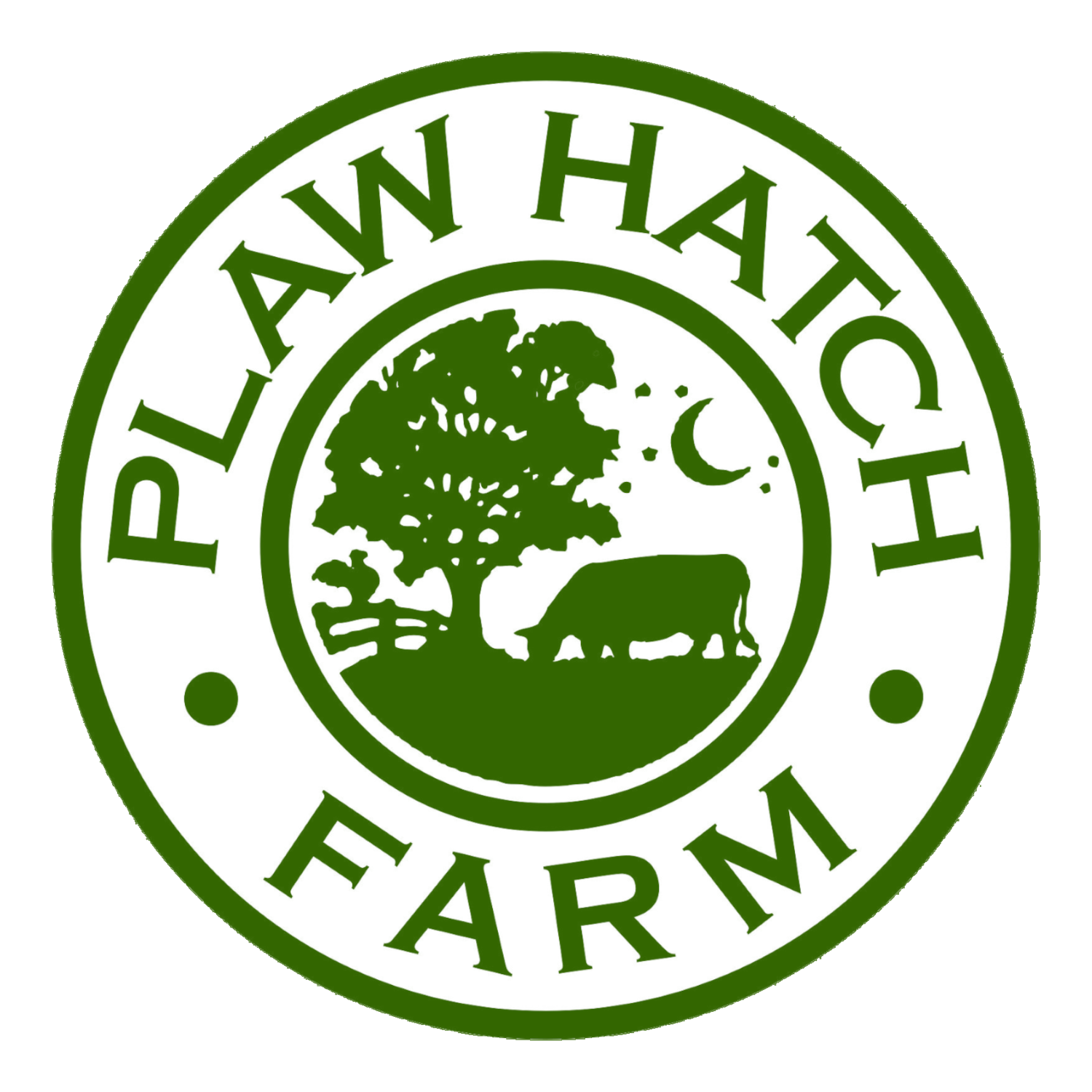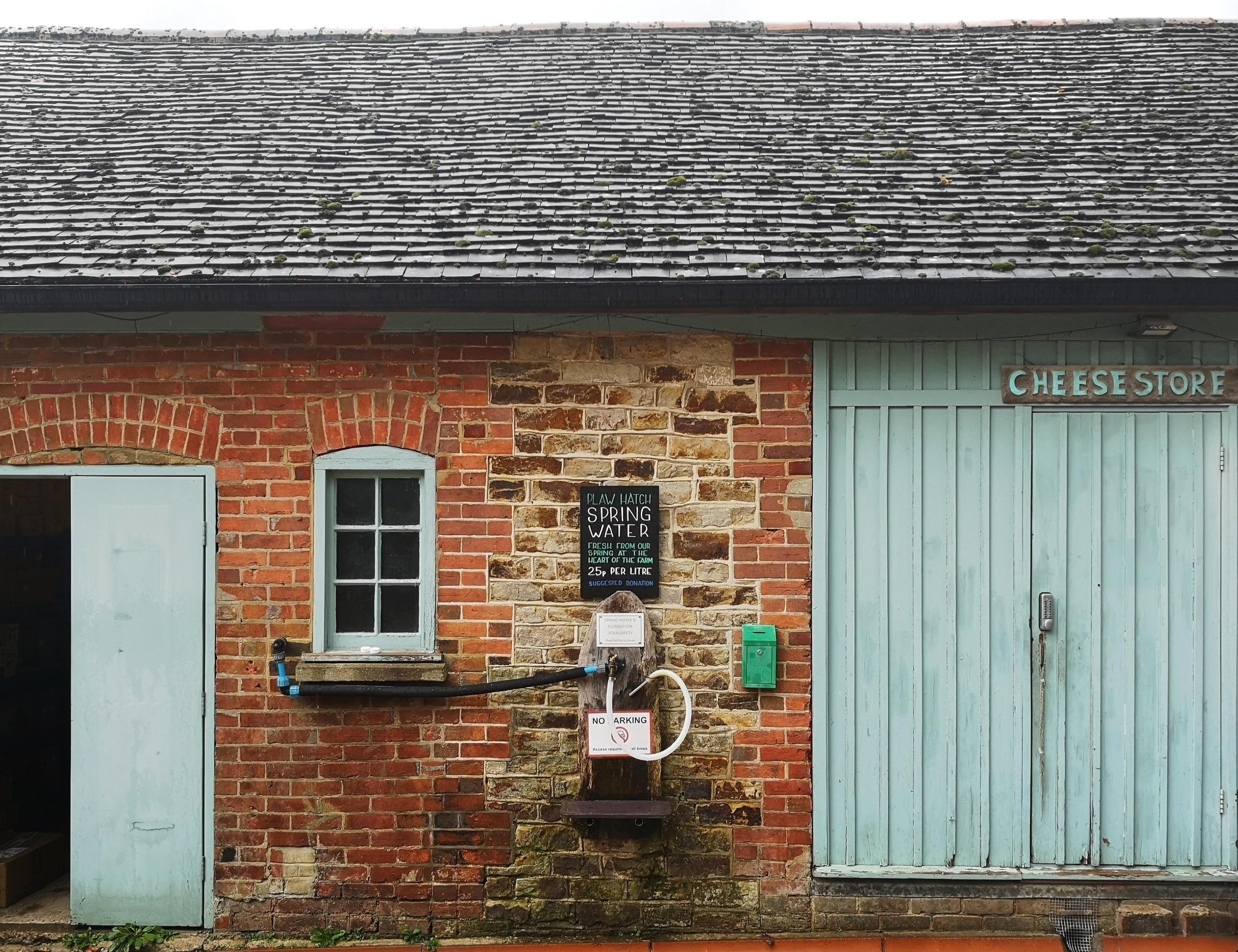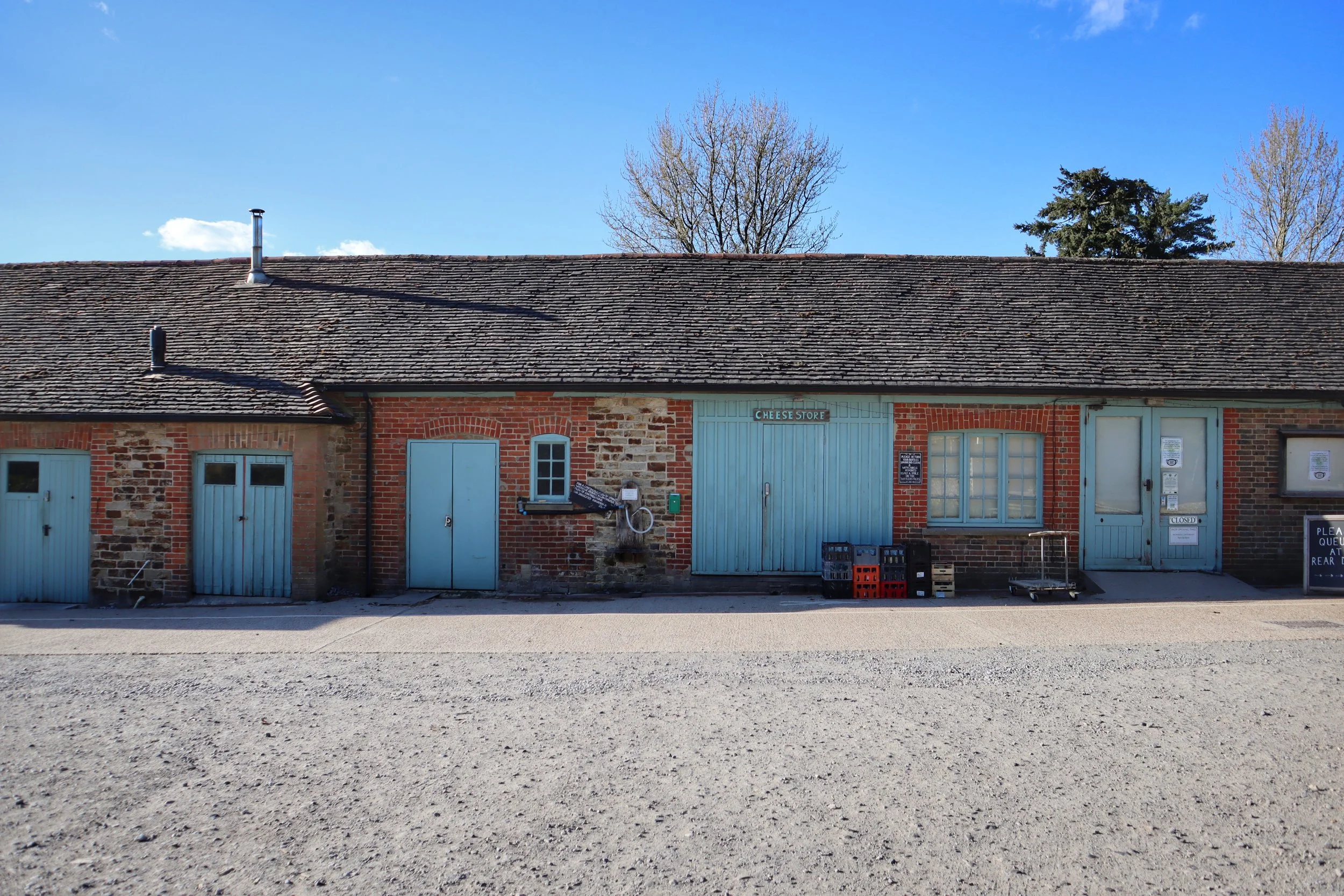The journey of spring water
Daniel Yabsley
At the heart of the farm, walked past by many and yet noticed by few, clear water rises up from the depths of the earth and flows forth, nourishing plant, animal and human alike.
There has been a farm on this land for countless years, made possible by the change in geology from the sandstone ridge and poorly drained soils of the forest, to quicker draining and more fertile soils. But it is also because of this spring that waters the land throughout the year.
In times past it would have been more of a challenge to harvest this water as the area where is rises to the surface would have been very boggy, making it potentially hard to find the exact source. However thankfully for us, during the Victorian period a lot of work was done to make this water accessible. Infrastructure that, even though over 100 years old, still functions well and helps bring the water around the farm for the vegetables in the garden, the troughs for the cows and other animals, to a number of the dwellings for farm staff, and also to the public tap by the shop.
As you walk down the farm track and pass the Pericles roundhouse, you will find the old chicken house called “Spring”, and in the corner of this field is where our journey with this water begins. Here there is a covered, brick lined hole (for want of a better word) 2m down to the bedrock and the spring water gushes into the bottom. It is its first meeting with light and air since it landed on the earth as rain and descended downwards on its subterranean pathway. From here it returns to the dark as it travels through a 6” clay pipe underground, parallel with the farm track for around 100m towards the pond.
For those who have been adventurous enough to find the pond on the edge of Plaw Wood, you would have seen a small brick building which is the pump house. Just prior to this the spring water flows into a large brick tank with a flat roof, currently so overgrown you would have to brave the stinging nettles and brambles to get a glimpse. The purpose of this is to allow some residence time for the water so that if there were any sediment, it could settle here.
The overflow from the tank runs to a cistern that is by the pond edge and around 6m deep and 2m wide, and it is from here that it is drawn and pumped to its multitude of destinations. When the tank is full the overflow runs directly into the pond, itself a manmade feature. On the far side of the pond is another overflow pipe taking the water through the bank and away downstream.
As many of you know, there are times (like this summer) when the spring reduces its flow to a point where it can no longer supply the needs of the farm. A bore hole was drilled higher up the farm some years ago to increase the supply and this water joins that of the spring in the settlement tank. However, it is still not enough during a long drought period such as we had this year, and so there is also a mains water supply to the cistern to top it up when needed. This is when you will see a “mains water” sign at the tap by the shop. In reality, it is a mix of majority mains, plus bore hole, and a tiny amount of spring water. It then takes a significant amount of rain and time for the land to recharge its water levels to increase the spring flow again, which is the point we are at now.
Originally there was one 6” pipe transporting the pumped water straight up to Plawhatch Hall. Now, there is a complex network of pipes both under and above ground, taking this water all around the farm, the exact routing of which is shrouded in mystery, laid down by successions of farmers past. The pump maintains the 5-bar pressure in a small tank within the pump house which is sufficient to push the water the long way up to the highest point of the farm through over 800m of piping.
Most of the places where this water is accessible it is unfiltered, with the exception of the garden and the public tap. The garden uses a large amount of water for irrigating the crops and so has its own reservoir, from which the water is pumped once more, through a fine sediment filter and a UV filter to ensure that it is safe to give the salad a rinse before it heads to the shop. There is also a similar filter system at the tap where many people come to fill their containers by the shop.
This spring water system is the life blood of the farm and dearly held by all those who make use of this pure water. It does however need care to maintain it so that it can continue to work as well as it does. There is a donation box by the shop and any help given there is gratefully received.
I will finish with another request. If there are any local historians who have any information about this system, then please do let us know.







